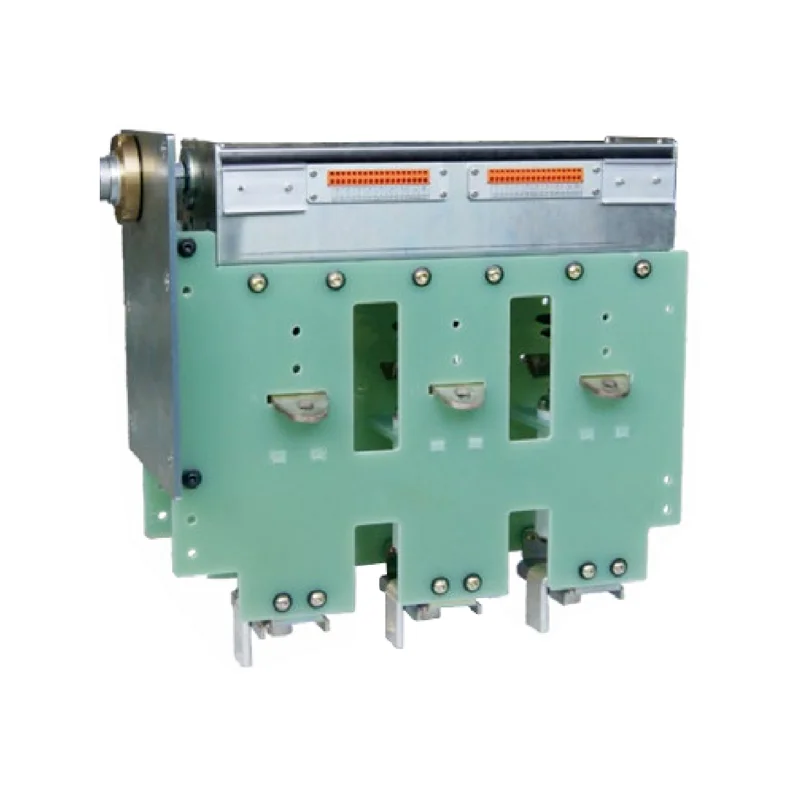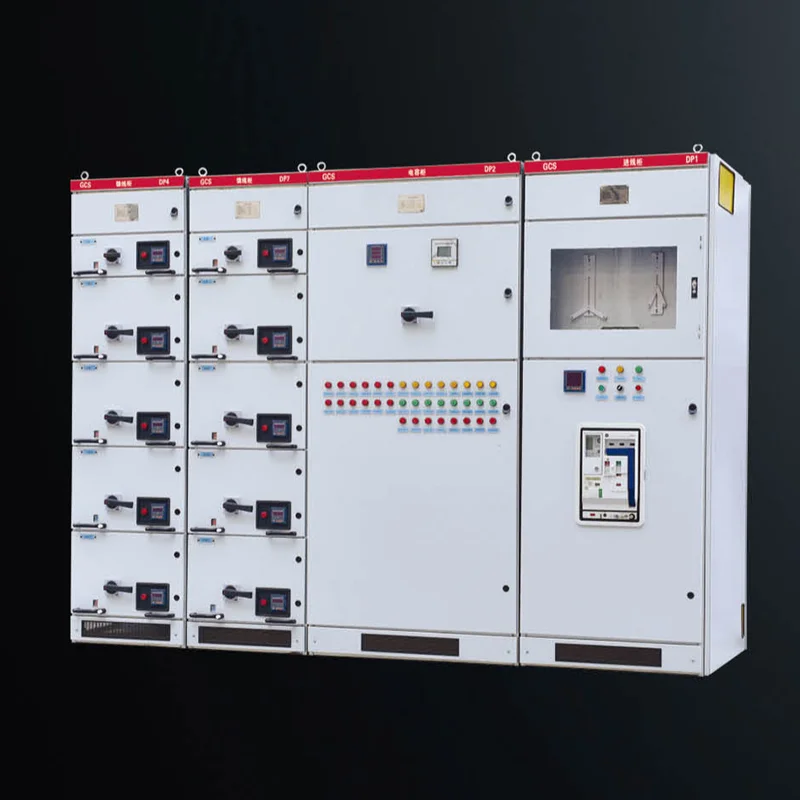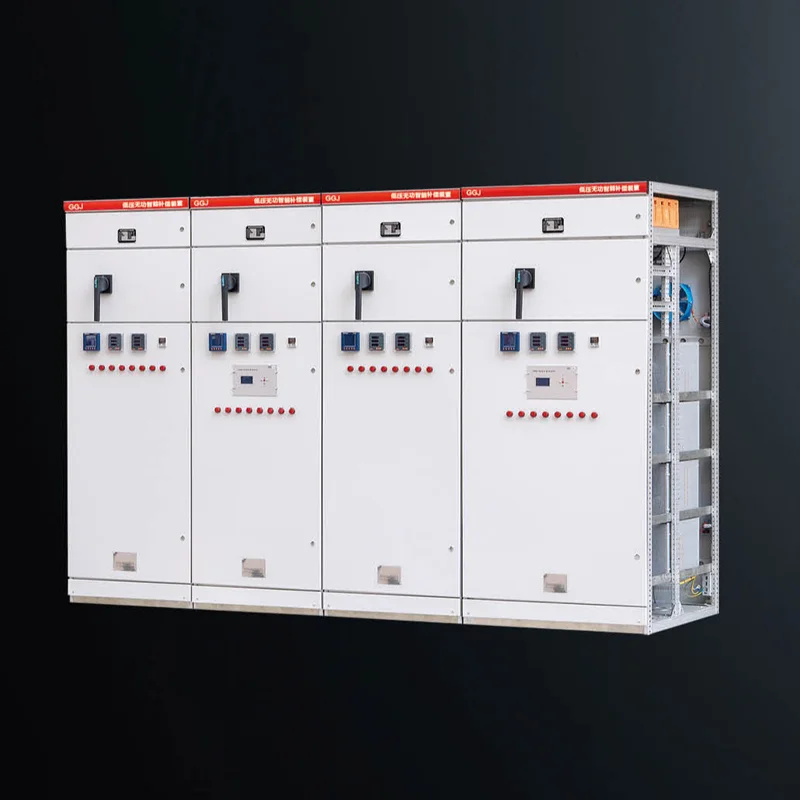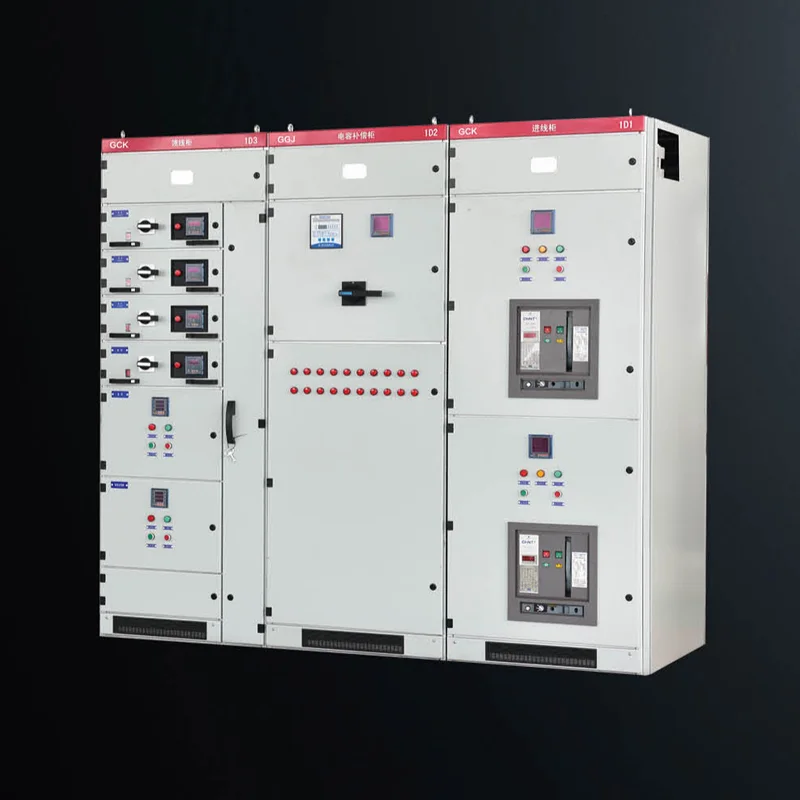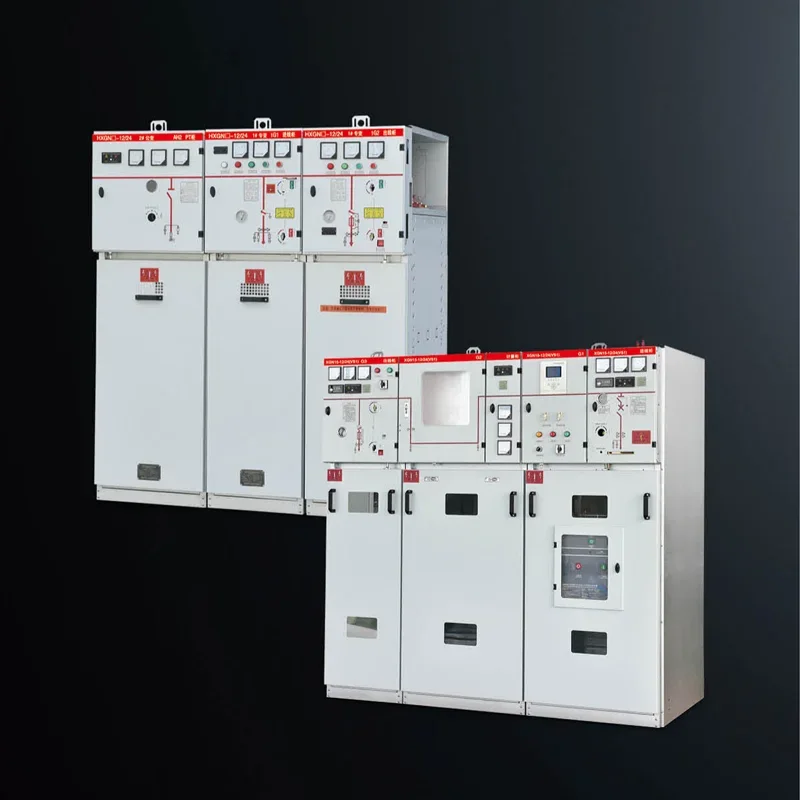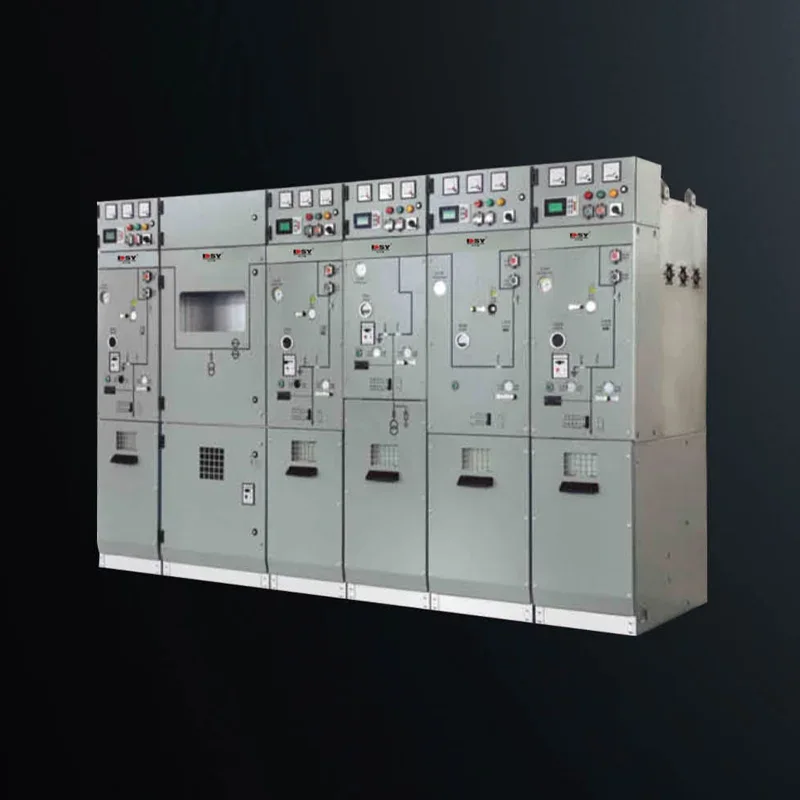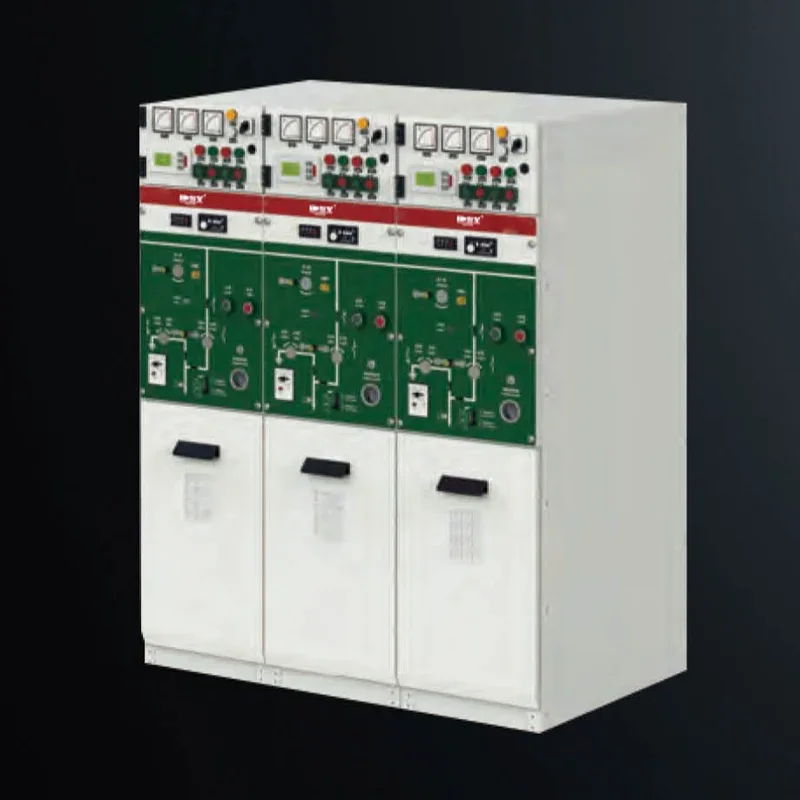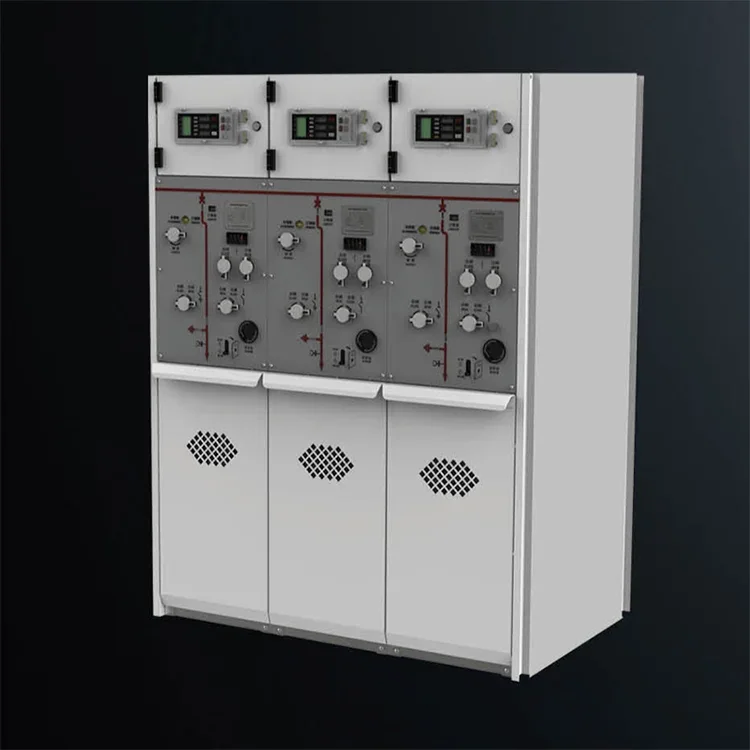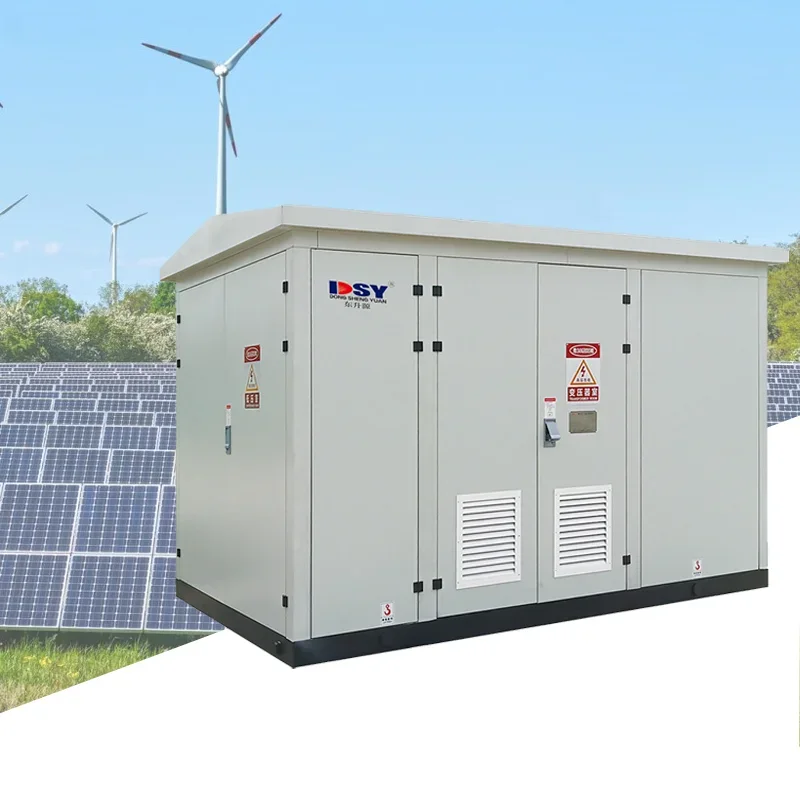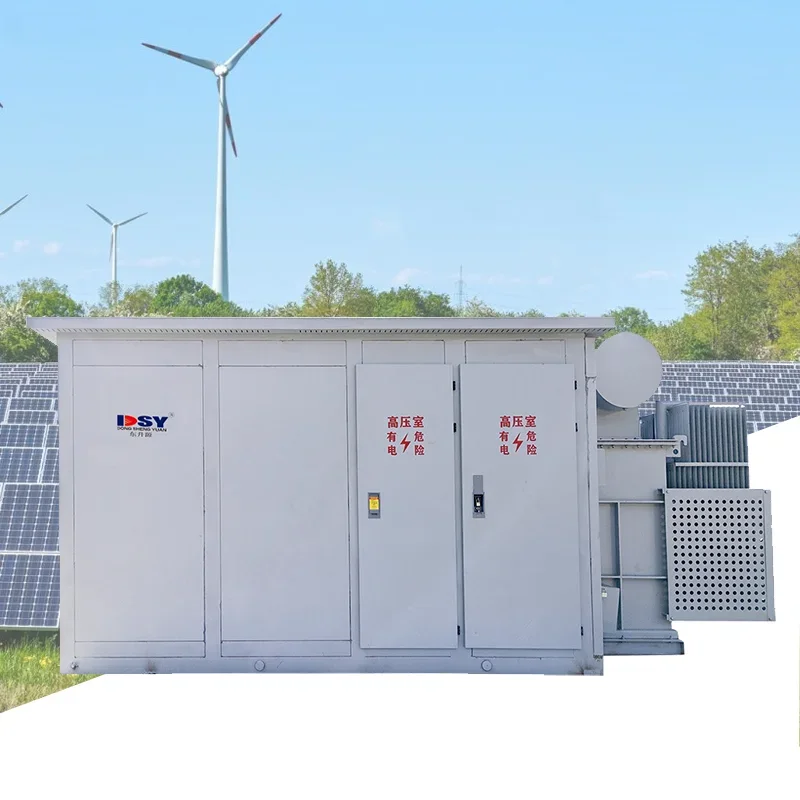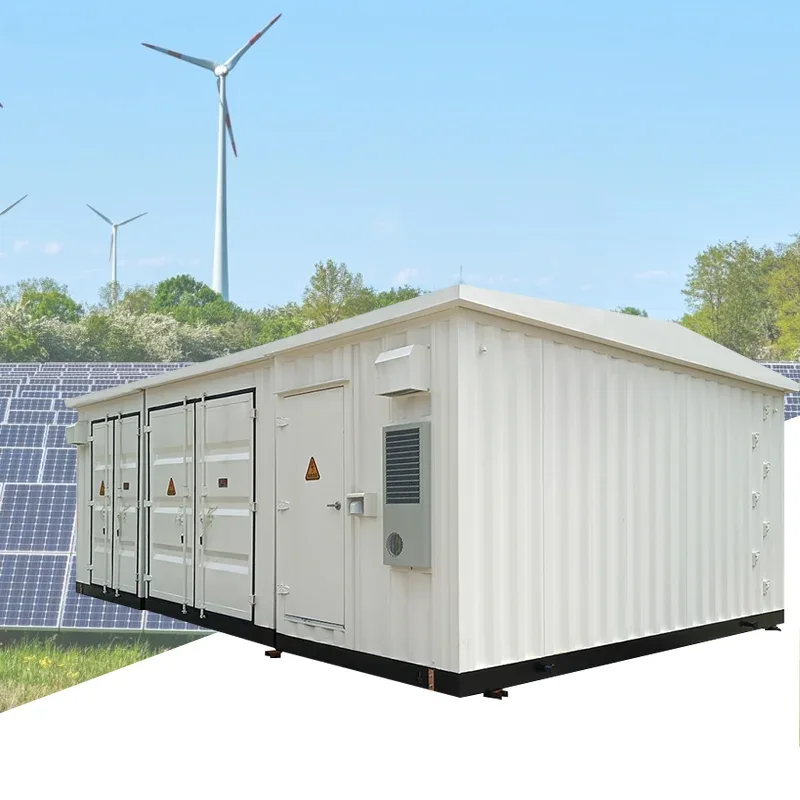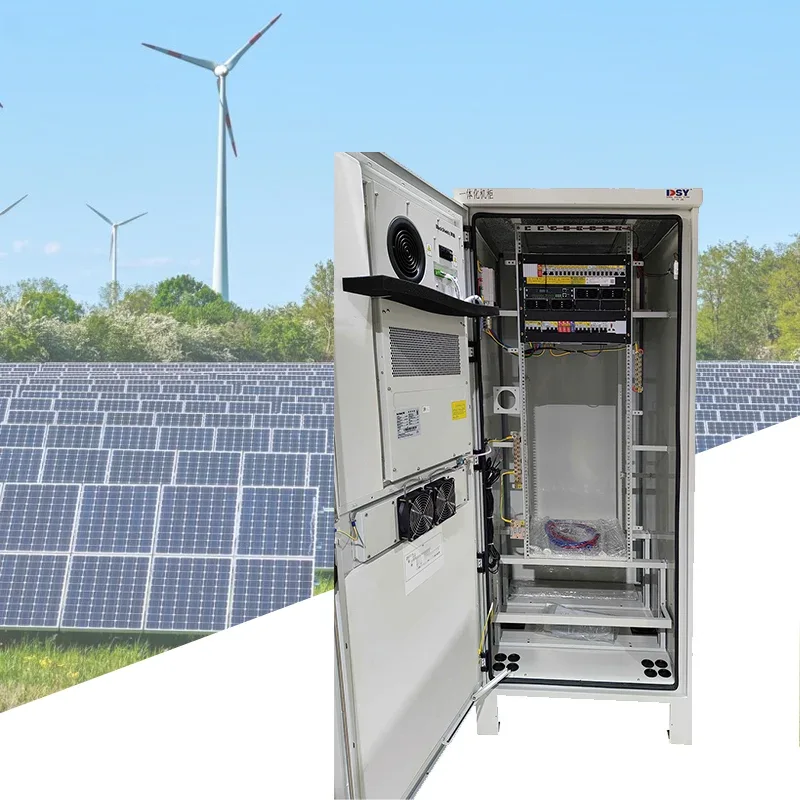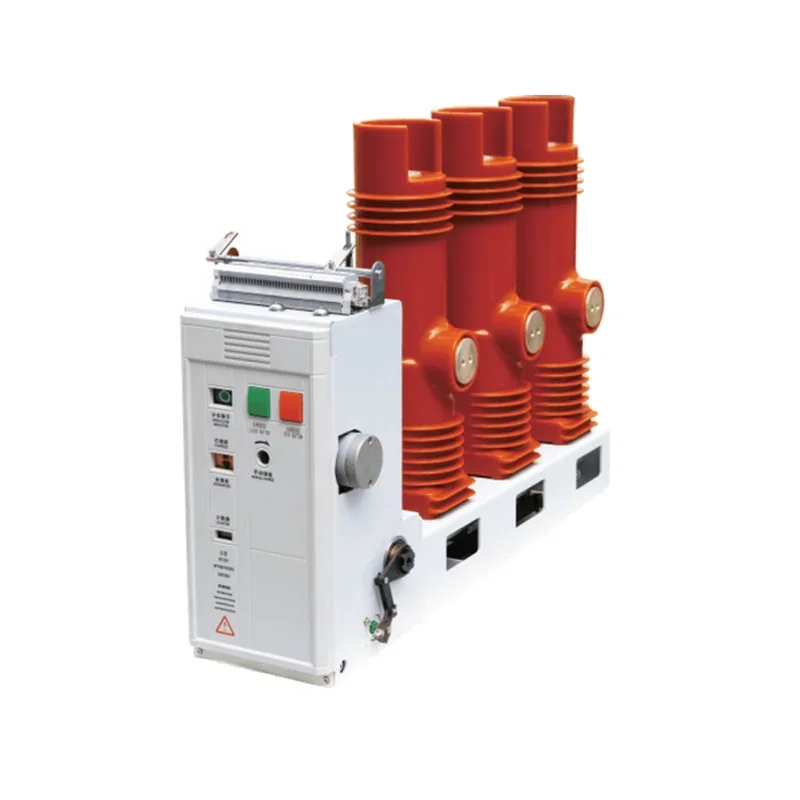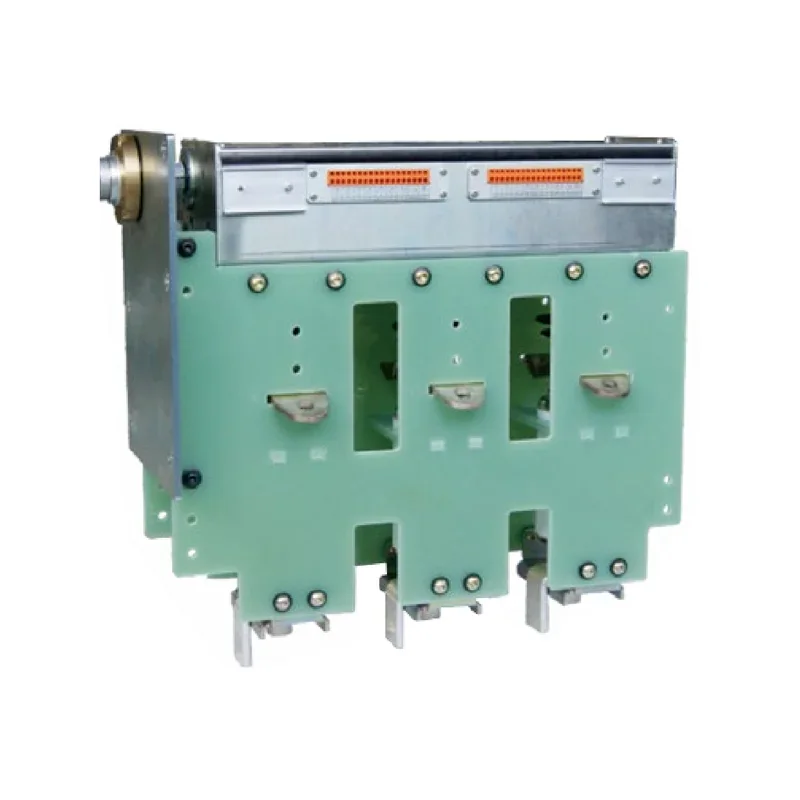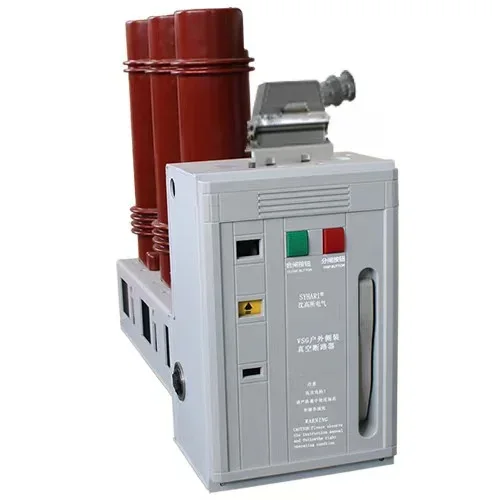Understanding the Benefits of Gas Insulated Switchgear for Modern Power Systems
Understanding the Benefits of Gas Insulated Switchgear for Modern Power Systems Table of Contents 1. Introduction to Gas Insulated Switchgear 2. What is Gas Insulated Switchgear (GIS)? 3. Advantages of Gas Insulated Switchgear 3.1 Space-Saving Design 3.2 Enhanced Safety Features 3.3 Low Maintenance Requirements 3.4 Environmental
Apr 29,2025
Understanding the Benefits of Gas Insulated Switchgear for Modern Power Systems
Table of Contents
- 1. Introduction to Gas Insulated Switchgear
- 2. What is Gas Insulated Switchgear (GIS)?
- 3. Advantages of Gas Insulated Switchgear
- 3.1 Space-Saving Design
- 3.2 Enhanced Safety Features
- 3.3 Low Maintenance Requirements
- 3.4 Environmental Sustainability
- 3.5 Reliability and Performance
- 4. Applications of Gas Insulated Switchgear
- 5. The Future of Gas Insulated Switchgear
- 6. Common Misconceptions About GIS
- 7. Frequently Asked Questions
- 8. Conclusion
1. Introduction to Gas Insulated Switchgear
Gas Insulated Switchgear (GIS) has emerged as a crucial technology in the realm of electrical engineering, particularly for power distribution networks. As urbanization and technological advancements continue to drive demand for reliable and efficient power systems, GIS has become a preferred choice for utilities and industries worldwide. This technology revolutionizes how electrical networks operate, providing a compact and safe solution that meets the growing energy demands of modern society.
2. What is Gas Insulated Switchgear (GIS)?
Gas Insulated Switchgear is an advanced type of switchgear that utilizes gas as the insulating medium instead of traditional air-insulated systems. Typically, GIS employs **sulfur hexafluoride (SF6)**, a highly effective gas that prevents electrical arcing and dielectric breakdown. By enclosing the electrical components within a sealed environment filled with SF6, GIS offers superior insulation, ensuring optimal performance, even in challenging conditions.
The compact design of GIS allows for significant space savings compared to conventional switchgear. This makes it ideal for urban installations where space is limited, such as substations located in densely populated areas. Moreover, the sealed environment of GIS minimizes the risk of environmental contamination, contributing to a cleaner energy future.
3. Advantages of Gas Insulated Switchgear
The benefits of incorporating Gas Insulated Switchgear into power systems are numerous. Below, we explore some of the most significant advantages that make GIS an attractive option for modern energy solutions.
3.1 Space-Saving Design
One of the most compelling advantages of GIS is its compact design. Traditional air-insulated switchgear requires significant spacing between components to prevent electrical arcing. In contrast, GIS can operate in a much smaller footprint due to its sealed design, which allows for closer component placement. This becomes particularly beneficial in urban settings or sites with limited real estate, enabling utilities to optimize their installations.
3.2 Enhanced Safety Features
Safety is paramount in power systems, and GIS significantly enhances operational safety. The use of SF6 gas as an insulating medium offers high dielectric strength and reduces the risk of electrical faults. Additionally, the enclosed nature of GIS helps to minimize exposure to live parts, protecting both personnel and equipment from electrical hazards. The construction of GIS is also designed to withstand harsh environmental conditions, further enhancing safety during extreme weather events.
3.3 Low Maintenance Requirements
Gas Insulated Switchgear is known for its low maintenance needs. Unlike conventional switchgear, which often requires regular inspections and maintenance, GIS is designed for extended service life with minimal intervention. The sealed environment protects internal components from dust, moisture, and other contaminants, reducing wear and tear. Operators can expect longer intervals between maintenance cycles, translating to lower operational costs and increased reliability.
3.4 Environmental Sustainability
In today's world, environmental considerations are increasingly important in the energy sector. GIS contributes positively to sustainability efforts through several mechanisms. First, the use of SF6 gas, while a potent greenhouse gas, is contained within the switchgear, significantly reducing the risk of atmospheric leakage. Furthermore, GIS's compact design leads to lower land use and reduced environmental impact during installation. By adopting GIS technology, utilities can demonstrate a commitment to environmental stewardship in their operations.
3.5 Reliability and Performance
Reliability is crucial in any electrical system, and GIS excels in this area. The robust design and superior insulation properties of GIS components ensure consistent performance, even in adverse conditions. This reliability translates to fewer outages and improved service continuity for customers. With GIS, utilities can meet the increasing demand for uninterrupted power supply, ensuring that both residential and commercial users receive a stable energy supply.
4. Applications of Gas Insulated Switchgear
Gas Insulated Switchgear is versatile and can be utilized in various applications across different sectors. Some of the key areas where GIS finds effective use include:
1. **Urban Substations**: GIS is particularly advantageous for substations in urban environments where space is at a premium. Its compact nature allows utilities to install essential equipment without requiring extensive land.
2. **Renewable Energy Integration**: As the world shifts towards renewable energy sources, GIS plays a vital role in integrating solar and wind energy into the grid. Its ability to operate efficiently in fluctuating conditions makes it suitable for handling the variable output of renewable sources.
3. **Railway Electrification**: GIS is commonly used in railway systems to manage and distribute electrical power efficiently. The reduced footprint and enhanced safety features are ideal for railway applications.
4. **Industrial Applications**: Many industries rely on GIS for their electrical substations, benefiting from the technology’s reliability and low maintenance requirements.
5. **Smart Grid Applications**: As utilities transition to smart grids, GIS technology is essential for implementing advanced monitoring and automation systems, enabling better management of electrical networks.
5. The Future of Gas Insulated Switchgear
The future of Gas Insulated Switchgear looks promising as the demand for efficient and reliable power systems continues to grow. Innovations in materials and technology are expected to enhance the performance of GIS, making it even more efficient and environmentally friendly. The ongoing development of eco-friendly alternatives to SF6 is a key focus area, aiming to reduce the environmental footprint of GIS further.
Moreover, the increasing integration of digital technologies into power systems will pave the way for smart GIS solutions. These advancements will provide enhanced monitoring, diagnostics, and control capabilities, allowing utilities to optimize operations and improve overall system resilience.
6. Common Misconceptions About GIS
Despite the numerous benefits of Gas Insulated Switchgear, certain misconceptions persist that can cloud understanding of this technology.
- **GIS is Expensive**: While the initial investment for GIS may be higher than traditional systems, the long-term savings from reduced maintenance, space requirements, and increased reliability often offset the initial costs.
- **GIS is Only for Urban Areas**: Although GIS is particularly beneficial in urban settings, it is equally suitable for rural and industrial applications, providing advantages in various environments.
- **SF6 is Harmful Without Any Benefits**: SF6, though a powerful greenhouse gas, is contained within GIS systems, minimizing environmental risks. Without GIS, the alternatives often involve more frequent failures and greater environmental risks.
7. Frequently Asked Questions
What is the lifespan of Gas Insulated Switchgear?
Gas Insulated Switchgear typically has a lifespan of over 30 years, depending on maintenance and operating conditions.
Is GIS suitable for renewable energy applications?
Yes, GIS is ideal for integrating renewable energy sources due to its ability to handle variable energy outputs effectively.
What are the safety features of GIS?
GIS includes numerous safety features such as enclosed components, high dielectric strength, and failure detection systems to ensure operational safety.
How does GIS impact the environment?
GIS reduces land use and environmental impact during installation, and its sealed gas system minimizes the risk of leakage compared to traditional switchgear.
Can GIS be used in extreme weather conditions?
Yes, GIS is designed to operate reliably in extreme weather conditions, making it suitable for diverse geographical locations.
8. Conclusion
Gas Insulated Switchgear represents a significant advancement in electrical engineering, offering numerous benefits that align with the needs of modern power systems. Its compact design, enhanced safety features, low maintenance requirements, and environmental sustainability make it a critical component for future-proofing electrical infrastructure. As the energy landscape continues to evolve, GIS will undoubtedly play a pivotal role in shaping the reliability and efficiency of electricity distribution networks worldwide. By adopting Gas Insulated Switchgear, utilities and industries can embrace a more resilient and sustainable energy future, ultimately benefiting society as a whole.
PREVIOUS:
Related News
The difference between circuit breakers and vacuum circuit breakers
Circuit breaker is an abbreviation for pole type circuit breaker. Circuit breakers are also vacuum circuit breakers
Voltage regulators are required for various places that require voltage control, such as controlling lighting

